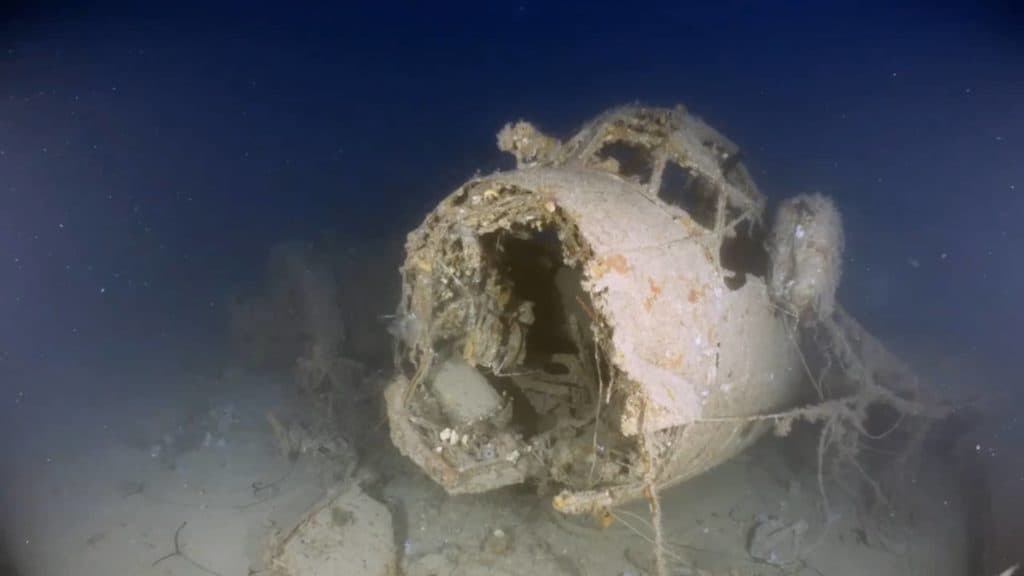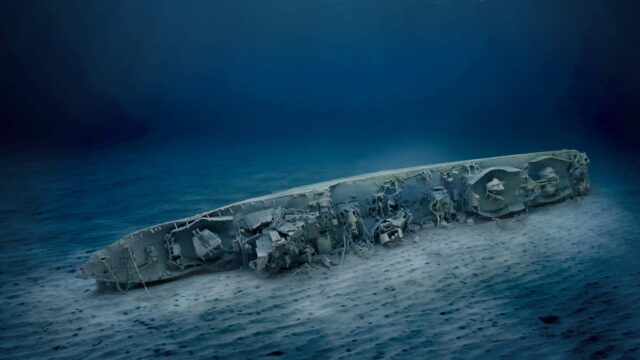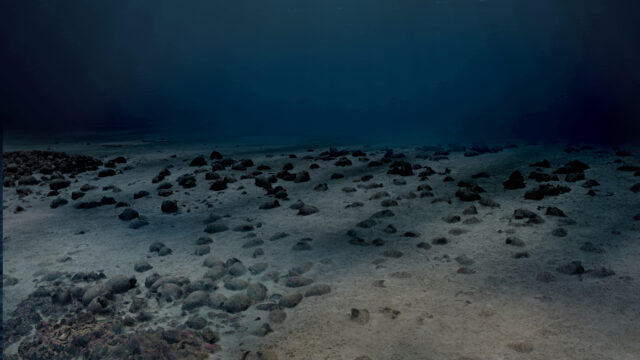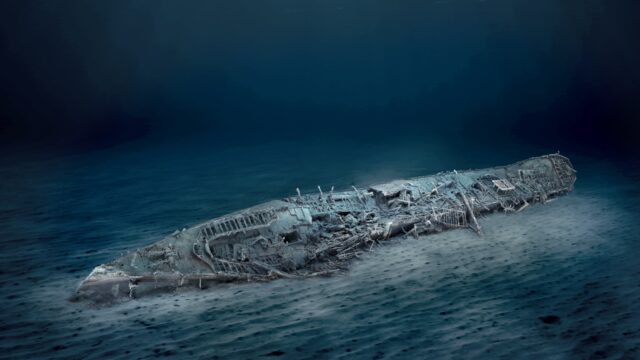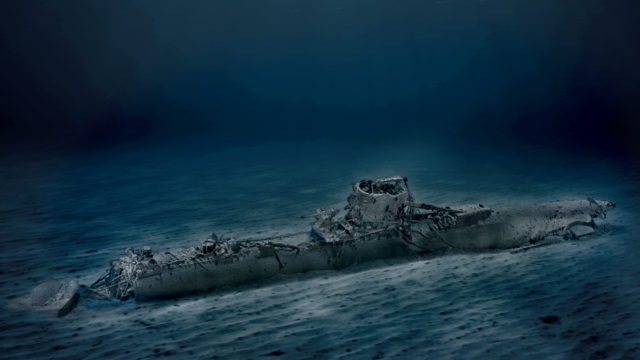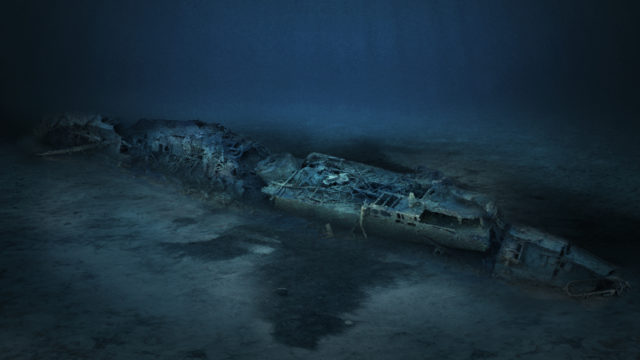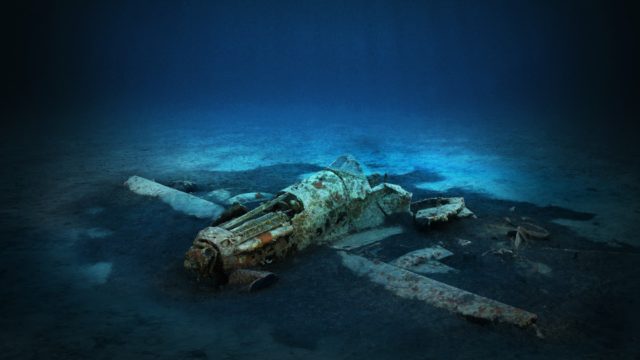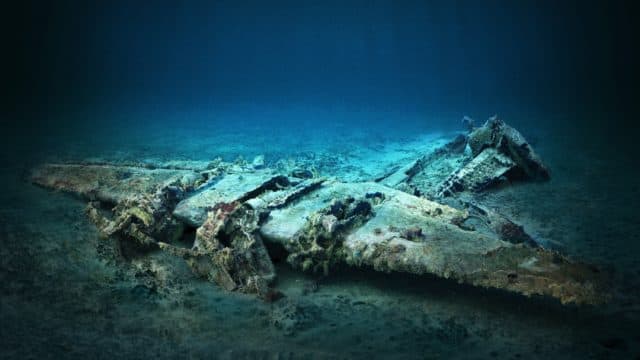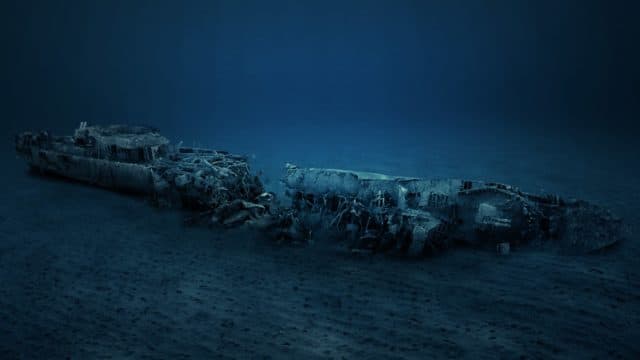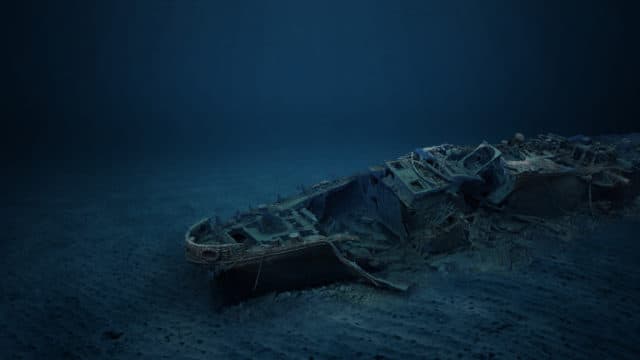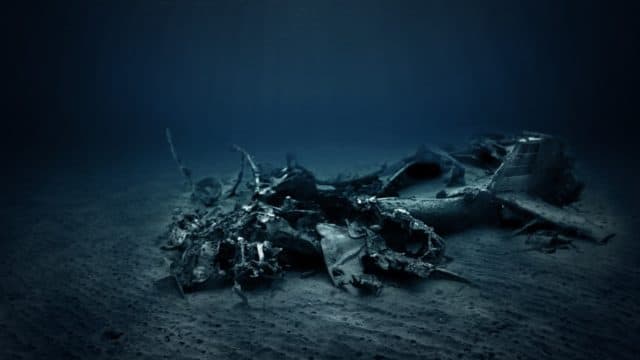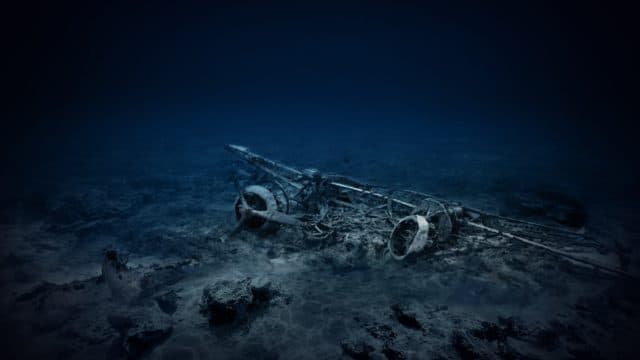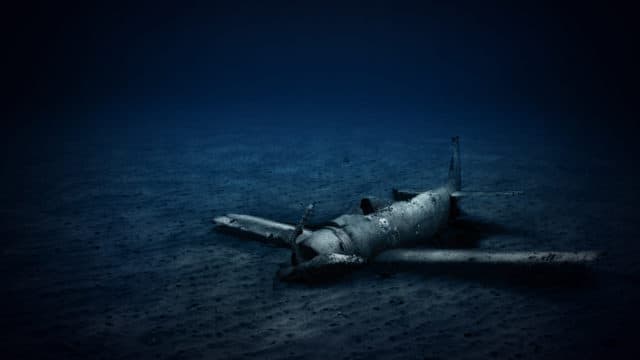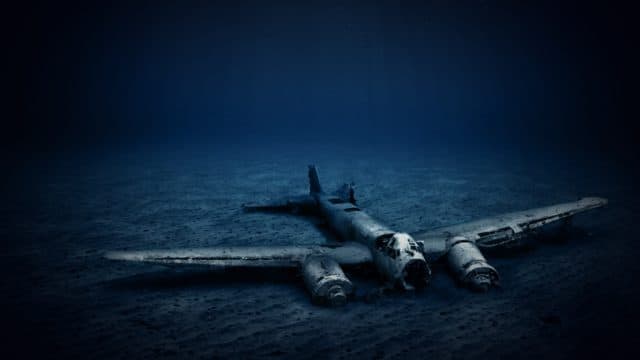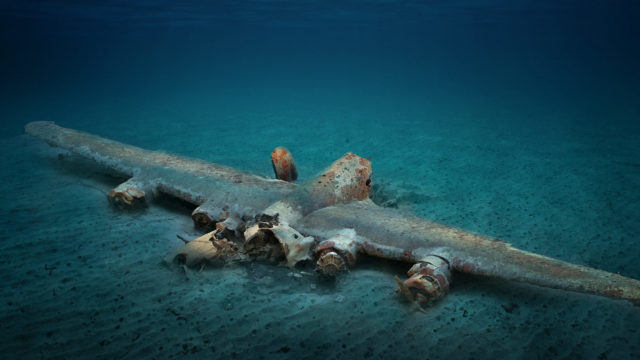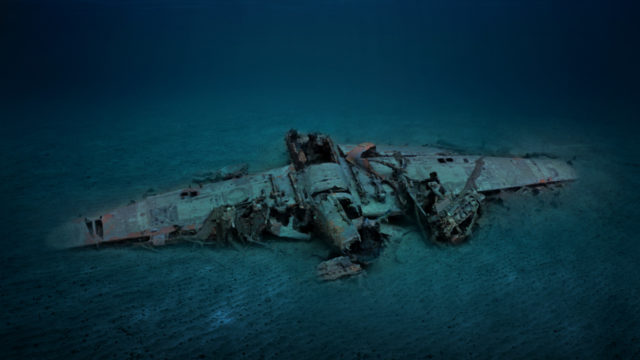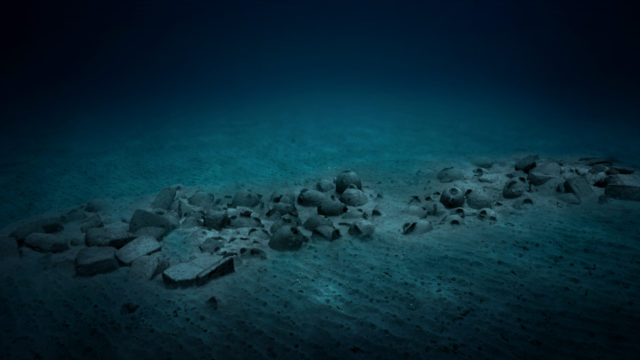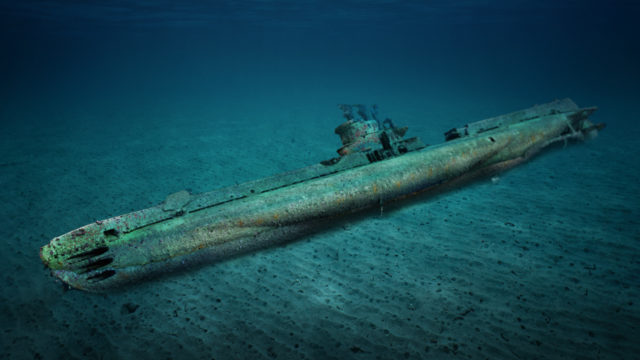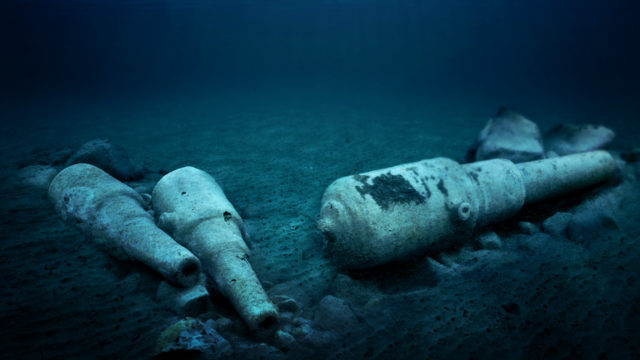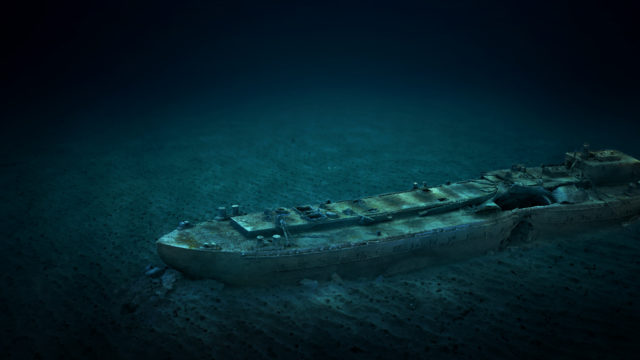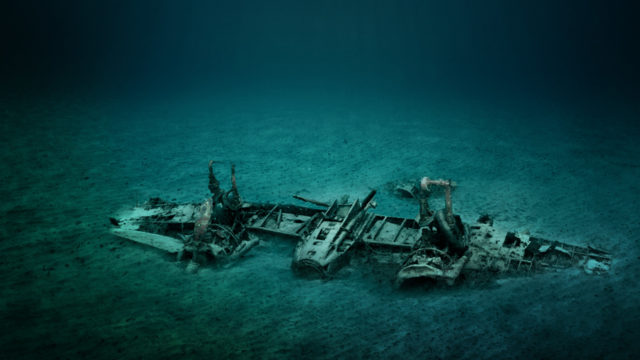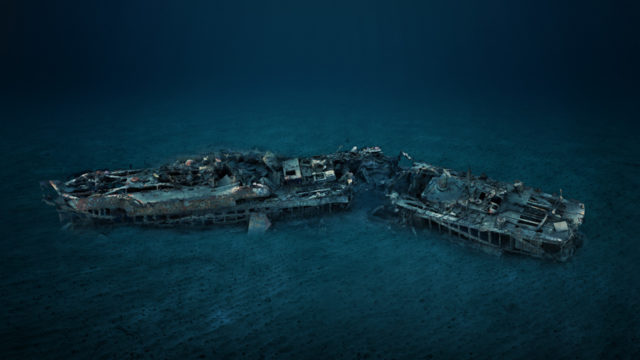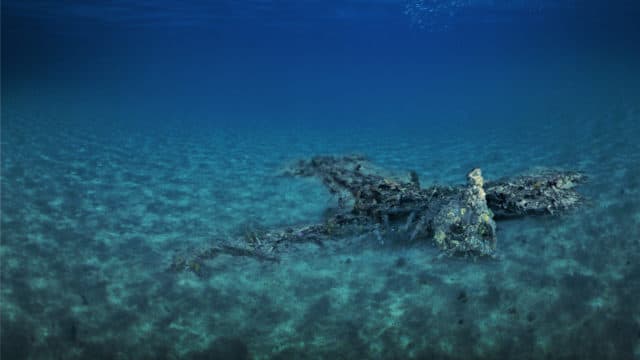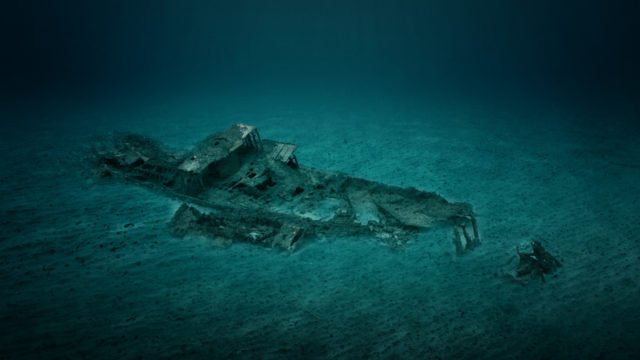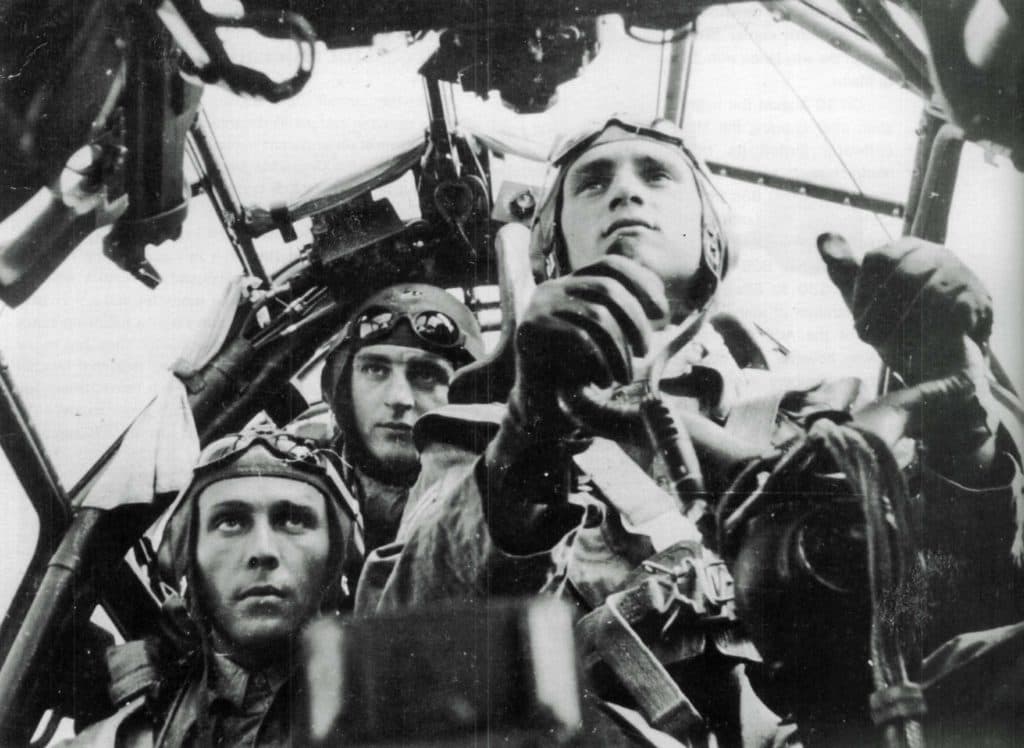JU-88 South
JU-88 South
The Ju88 was possibly the most versatile Axis aircraft of the Second World War, serving in almost every role on almost all fronts. The Ju88 was the backbone of the German Luftwaffe, and between 1939 and 1945 an estimated 15,000 aircraft were produced, with a number of variants.
The aircraft was produced by Junkers Flugzeuge und Motorwerke AG, with the first prototype airborne in December 1936. The Ju88 entered service with the Luftwaffe in late 1939 as a medium-range bomber, operated by a four-member crew; a pilot, a bomb-aimer, an engineer and a radio operator, all located in the glazed cockpit. The glazed cockpit with its panelling resulted in a restricted view and is often considered to be one the main shortcomings of the Ju88. The most widely produced and used variant of the Ju88 was the Ju88A-4, with a longer wingspan, stronger frame and twin Jumo 211J engines.
Malta was the only Allied base between Gibraltar and Alexandria, a strategic location that the Allies sought to protect and the Axis sought to neutralise. Late 1940 saw the arrival of the German aircraft in Sicily, anticipating what later became known as the Second Siege of Malta and debuting the Luftwaffe with an attack on the carrier Illustrious, later known as the ‘Illustrious Blitz’, in January 1941. The short distance between Malta and Sicily enabled the German aircraft to participate in several air raids a day, with an average of 200 aircraft bombers over the island every day, the vast majority of which were Ju88’s. The Siege of Malta consolidated the importance of the island’s position, and by 1943 Malta was the base for over 30 Allied squadrons consisting of some 600 aircraft, defending the island and its strategic location.
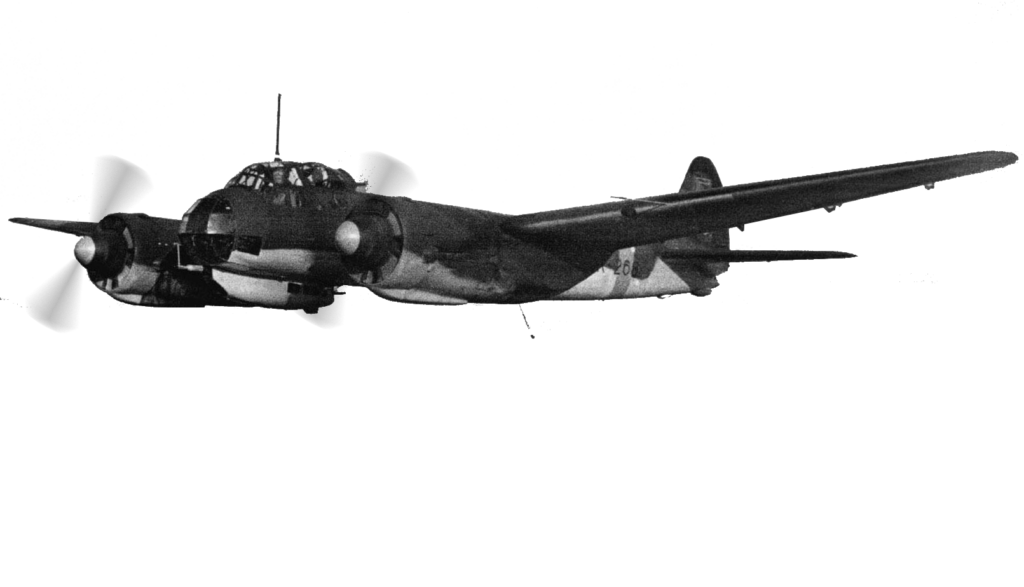

The Wreck.
The Ju88 South was discovered during a remote sensing survey in 2019, its identity as a Junkers Ju88 confirmed through a visual diver survey. The wreck sits upright on a sandy seabed at a depth of 106m. The aircraft is considered to be in a good condition, with some damage to the nose and tail sections.
Front Facing Machine Gun
The forward firing armament capabilities of the Ju88 consisted of a 7.92mm MG 81 or MG 15 machine gun at the nose and operated by the pilot, and two 7.92mm MG 81 machine guns or a single 13mm MG 131 machine fired by the bomb aimer through the transparent nose panels. When it comes to Ju88 wreck sites, the glazed nose is almost never present, probably breaking off early in the site formation process.
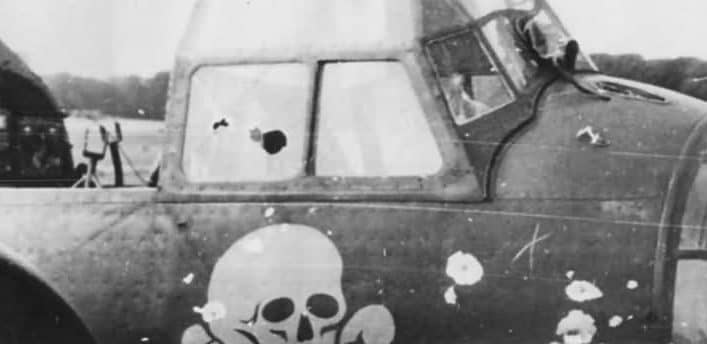
Damage
The presence of damage on the port tail wing of the Ju88 alludes to possible reasons for its ultimate demise. Was the German aircraft engaged in a dog fight with an Allied aircraft? Or was it hit by anti-aircraft flak? Or is it just damage sustained from a controlled ditching? It can be difficult to differentiate between the different causes of damage. In order to answer these questions, the aircraft needs to be studied in detail, and from what can be seen on the port tail wing of the Ju88 points towards the possibility of the German aircraft being hit from behind, possibly during a dog fight. What we do know is that the damage on the Ju88 could have been the result of a number of causes, with none mutually excluding the other.
Ghost Gear
The presence of ghost gear – abandoned fishing nets, traps, pots and lines – in the world’s oceans is one that is gaining traction, with an estimated 640,000 tonnes of fishing gear left in the oceans every year. The dangers of ghost gear lie in their material durability, often floating on ocean currents and indiscriminately ghost fishing their way across the sea. The Mediterranean and Malta is not exempt from this. The Ju88 South wreck has ghost fishing gear located on one site of the cockpit, a stark reminder of marine litter and the very real danger of ghost fishing. The threat of entanglement is there for marine flora and fauna, often attracted to and flourishing at wreck sites. The threat is also there to divers visiting the site, often unaware of the threat of ghost gear.
